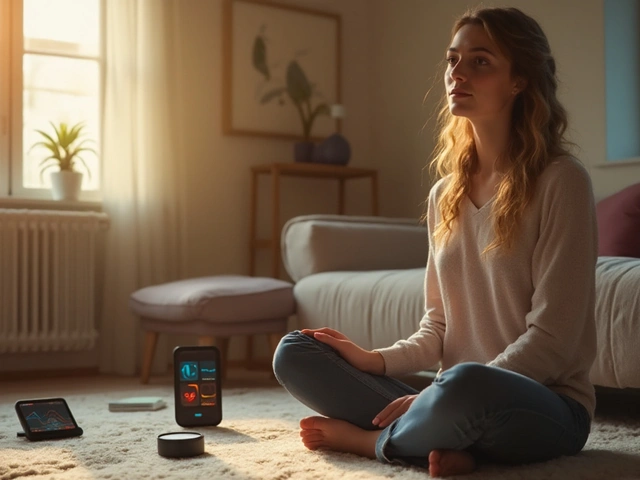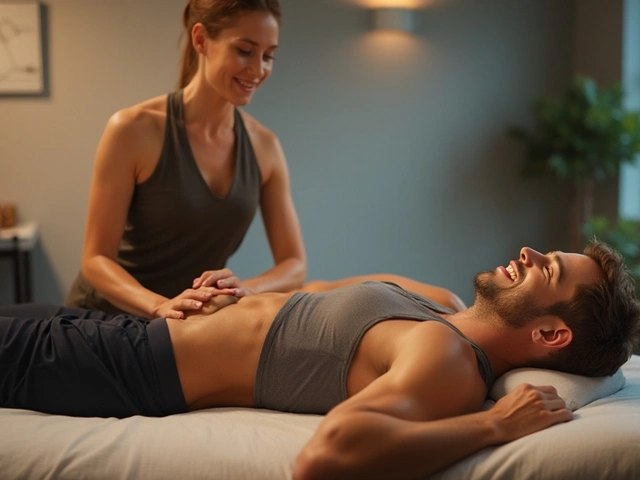Therapeutic Touch: Hands-On Ways to Reduce Pain and Stress
Touch changes the body fast. A few minutes of calm, intentional touch can slow breathing, ease muscle tension, and help you or your dog feel safer. This tag gathers clear, usable pieces on massage, energy work, and other hands-on methods so you can pick what actually helps instead of guessing.
What therapeutic touch covers and why it works
Therapeutic touch here means deliberate, gentle contact used to move tissue, calm the nervous system, or balance energy. That includes massage styles (sports, myofascial, neuromuscular, Ayurvedic, Maya abdominal), guided touch methods (Reiki, polarity), and relaxation tools (aromatherapy, biofeedback). Research shows many touch therapies lower stress hormones and improve recovery time; practical guides in this tag translate that into steps you can try at home.
For dogs, touch does much the same: it can reduce anxiety, loosen stiff muscles, and help recovery after exercise. But dogs give clear signals when something’s off—watch for tucked tails, lip licking, sudden stiffening, or avoiding your hand. Those signs mean stop and try a different approach.
Try this simple 5-minute routine right now
Want something usable immediately? Sit with your dog or a partner, breathe slowly, and follow these steps. 1) Start with a light, flat palm on the shoulder or back for 30 seconds to settle the nervous system. 2) Apply slow gliding strokes along the muscles (effleurage) for 2 minutes—use enough pressure to feel the tissue move but not to cause winces. 3) Spend 1 minute on any tight spot with gentle, circular pressure. 4) Finish with a soothing hand hold for 30–60 seconds while watching breathing. For yourself, mirror the same steps—neck and shoulders are a good start.
Keep sessions short at first: 5–10 minutes daily beats one long, uncomfortable session. If you or your dog show pain, stop. If you have a medical condition, recent surgery, or an unexplained lump, check with a professional before trying deep work.
If you like tech, try biofeedback tools to pair touch with heart-rate feedback. For mood or sleep issues, small changes like combining gentle massage with slow breathing or a calming essential oil (vet-approved for pets) often helps more than either practice alone.
Curious which method fits you? Sports massage and myofascial release suit active bodies and recovery. Neuromuscular work targets trigger points and chronic tightness. Ayurvedic or Maya abdominal techniques focus on digestion and internal balance. Energy approaches like Reiki or polarity aim to calm and restore without deep pressure.
Browse the articles under this tag for step-by-step how-tos, safety tips, and when to see a pro. Try short, consistent sessions, watch reactions closely, and choose methods that feel steady and clear—not painful or confusing. Small, steady touch often gives the biggest results.

The Power of Touch: Unlocking the Benefits of Medical Massage
Medical massage is more than just a luxury; it's a therapeutic tool for improving health and well-being. Delving into how massages can alleviate pain, reduce stress, and boost circulation offers insights into its growing popularity. With professional techniques and targeted approaches, medical massage provides tangible benefits for various ailments. Discover practical tips and surprising facts about how this simple act of touch can transform one's health.

Creative Arts Therapies: A Pathway to Happiness
Feb, 26 2025



